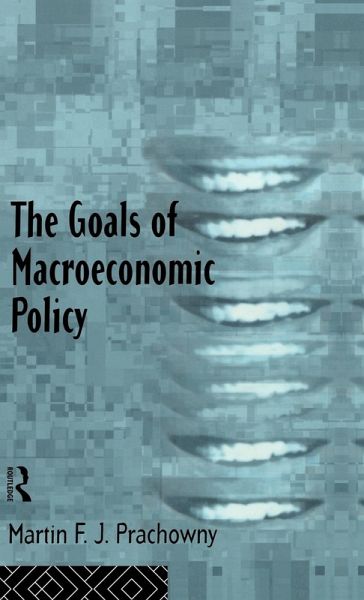
The Goals of Macroeconomic Policy
Versandkostenfrei!
Versandfertig in 1-2 Wochen
212,99 €
inkl. MwSt.
Weitere Ausgaben:

PAYBACK Punkte
106 °P sammeln!
Politicians win elections by promising 'Jobs! Jobs! Jobs!' but in practice these promises quickly fall by the wayside. The Goals of Macroeconomic Policy asks why. It begins with the observation that there is no convincing economic argument that full employment should be the primary objective of economic policy in all circumstances. In the light of this it examines whcy policy has failed so consistantly. It explains this by a theory of the labour market which shows why most workers are happy to operate in a way which militates against full employment. It then proceeds to analyse the rather dire...
Politicians win elections by promising 'Jobs! Jobs! Jobs!' but in practice these promises quickly fall by the wayside. The Goals of Macroeconomic Policy asks why. It begins with the observation that there is no convincing economic argument that full employment should be the primary objective of economic policy in all circumstances. In the light of this it examines whcy policy has failed so consistantly. It explains this by a theory of the labour market which shows why most workers are happy to operate in a way which militates against full employment. It then proceeds to analyse the rather dire consequences of this for the budget deficit.













